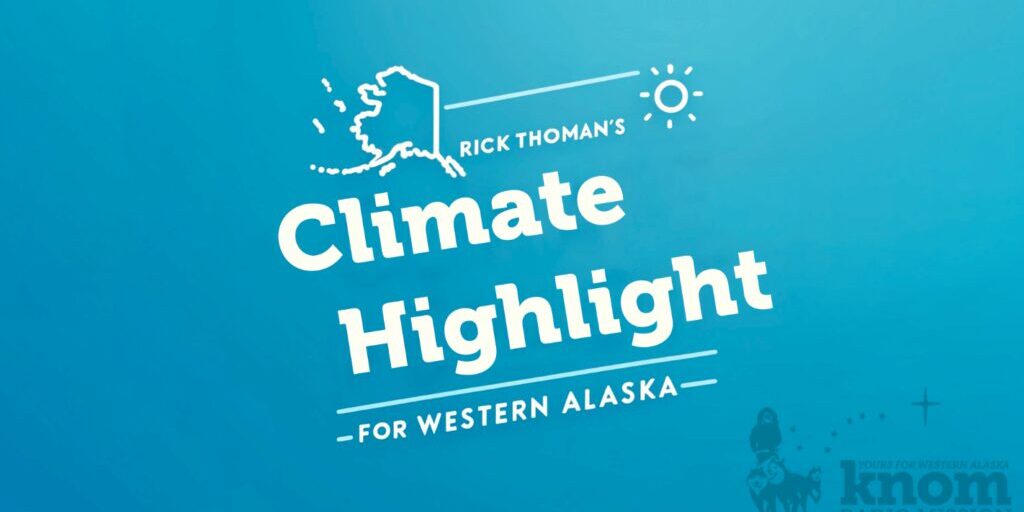El Niño and La Niña are important large scale climate features in the equatorial Pacific Ocean that sometimes play significant roles in our weather during the colder time of year.
Last winter there was an El Niño, but over much of Alaska, temperature variations were more typical of what happens in La Niña.
That El Niño faded away in the spring and the expectation was that La Niña would rapidly develop. That didn't happen, and at this point, it's not clear whether La Niña conditions will last more than two or three months.
What does this mean for western Alaska? Probably not a lot.
La Niña winters often feature big swings between stormy but mild weather and cold spells, but that kind of variation regularly happens without La Niña and the associated shift in those big tropical thunderstorms that in turn modulate the jet stream farther north, and ultimately, the day to day weather variations that we experience over the course of a winter.




